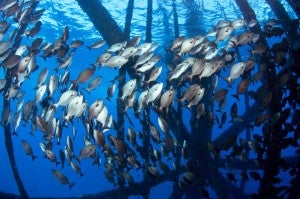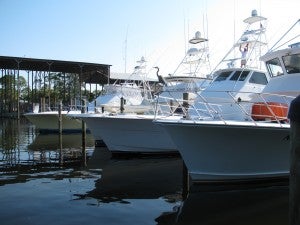As I’ve written before, the Rigs to Reefs permitting process of the federal and state agencies in the Gulf of Mexico is a good example of “finding ways that work.” This cooperative process enables the owners of oil and gas platforms to use those structures to support artificial reefs. In fact, this means the rigs continue serving as artificial reefs because they have already attracted fish, coral, and other marine life as the rigs produced oil or gas.
Over the past few years, the issue of rig removal has become a heated topic among anglers as the federal government undertook more aggressive measures to remove retired rigs. The officials responsible for safe retirement of end-of-service rigs and the anglers and divers who benefit from the marine life around those rigs have been at odds over the best ways to maintain reef habitats while also providing for other uses of the Gulf. That tension was reduced this week when the Bureau of Safety and Environmental Enforcement, a division of the Department of Interior, issued a new policy addressing several sticking points that arose in recent years. Most of the log jam has been caused by basic questions of process: how many rigs would remain as reef habitat, where would they be placed, and how would they be secured? Read More











